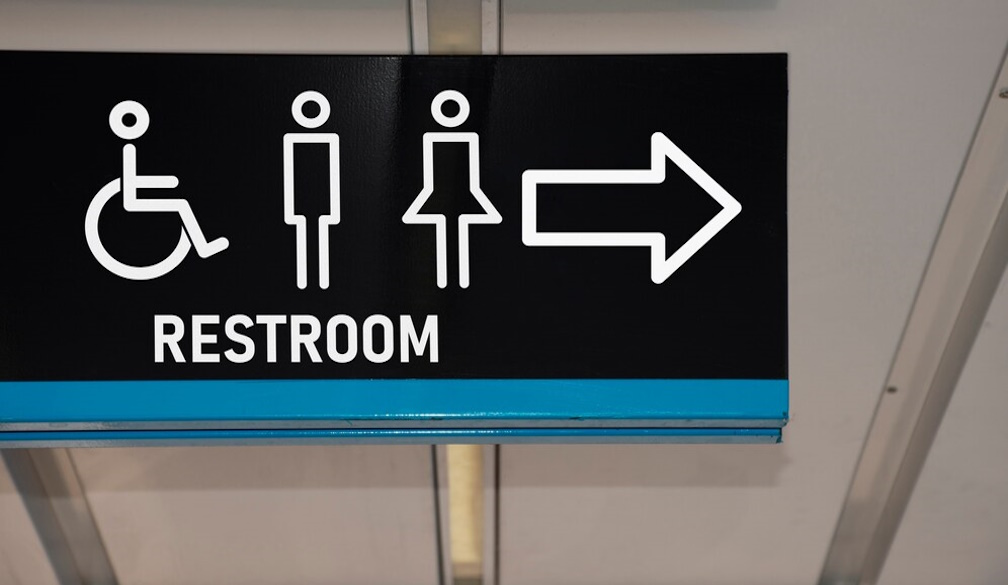The Role of Statutory Signs in Safety and Compliance: What You Need to Know

Statutory signs are critical in maintaining safety and ensuring compliance within various environments, from construction sites to corporate offices. These signs serve as both guides and directives for behavior, ensuring that all necessary precautions are taken to avoid accidents and legal violations. This article explores deeply into the significance of these signs, providing a clear overview of their role, legal requirements, different types, effectiveness, and maintenance practices.
Understanding Statutory Signs
Statutory signs are more than just pieces of metal or plastic adorned with symbols or words; they are essential tools for conveying safety procedures and legal boundaries. These signs are mandated by law, tailored to warn, instruct, or inform about specific behaviors or hazards. The presence of these signs is often influenced by legislation at the local, state, and federal levels, designed to prevent accidents and ensure the well-being of everyone in the vicinity.
The design of these signs is not arbitrary. It adheres to strict guidelines concerning size, color, symbol, and even reflectivity to ensure they are as effective as possible. For instance, emergency exit signs typically feature bold lettering and a distinctive color contrast that makes them immediately visible during emergencies. Every detail, from the text size to the material used, is optimized for maximum visibility and durability.
Legal Implications and Compliance
The absence of appropriate statutory signage can lead to significant legal consequences for businesses and organizations. These range from financial penalties to more severe repercussions such as closures or criminal charges depending on the violation's nature. It’s imperative for business owners and facility managers to understand localized legal requirements and ensure their signage meets or exceeds these specifications.
For example, failure to display proper hazard signs in a chemical processing plant could not only result in accidents but also attract sanctions from health and safety inspectors. Compliance is not just about avoiding penalties, but about creating an environment where safety is paramount. Regular audits and consultations with safety experts can help ensure that all signage remains compliant with current laws and regulations. For more detailed examples of statutory signs and their specifications, visit EXBO.
Types of Statutory Signs
There are several key types of statutory signs, each serving a specific purpose. These include regulatory signs such as No Smoking or Speed Limit signs, warning signs like High Voltage, and mandatory signs such as PPE (Personal Protective Equipment) requirements. Each category plays a unique role in conveying critical information clearly and directly.
In addition to these, there are informational signs that provide guidance without imposing regulations. These could include signs indicating facilities like restrooms or parking. Understanding the different types of statutory signs helps in their appropriate application, ensuring they deliver the right message and foster compliance and safety uniformly.
Effectiveness of Statutory Signs in Ensuring Safety
The effectiveness of statutory signs in promoting safety is well-documented. These signs help in reducing accidents and injuries by alerting people to potential hazards and ensuring that safety protocols are followed. Signs need to be clearly visible and understood by all, regardless of language barriers, which is why symbols and straightforward language are often used.
Research has shown that well-placed, well-designed signs can dramatically reduce the likelihood of accidents and injuries in workplaces and public areas.
Best Practices in Statutory Sign Implementation
Implementing statutory signs is not merely a matter of compliance but of strategic safety management. Best practices begin with a thorough assessment of the environment to determine the necessary types of signage and the most effective locations for their placement. Engaging a professional sign company can also provide insights into the most current and innovative sign solutions that meet legal standards.
Training staff on the significance and meanings of these signs is also crucial. This ensures everyone understands the precautions to take and the behaviors expected of them in certain areas. Regularly updating the signage to reflect any new laws or environmental changes is equally critical to maintaining ongoing compliance and safety.
Maintaining Your Statutory Signs
Maintaining statutory signs is essential for their longevity and effectiveness. This involves regular inspections for damage, ensuring they are clean and legible, and positioned correctly. Signs that are faded, vandalized, or obscured by objects could fail to convey the necessary warnings or instructions and therefore need prompt attention.
An effective maintenance schedule includes routine checks and immediate repairs or replacements when needed. This not only helps in compliance with safety regulations but also instills a culture of safety among all stakeholders. Good maintenance practices ensure that signs perform their function reliably throughout their expected lifespan.
In conclusion, the role of statutory signs is pivotal in ensuring safety and compliance. By understanding the legal implications, types, and maintenance needs of these signs, organizations can significantly enhance their safety protocols and ensure a secure environment for employees and visitors alike. Taking proactive steps in sign implementation and maintenance will uphold safety standards and protect against potential legal issues.









